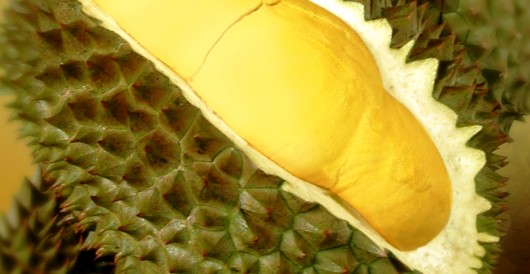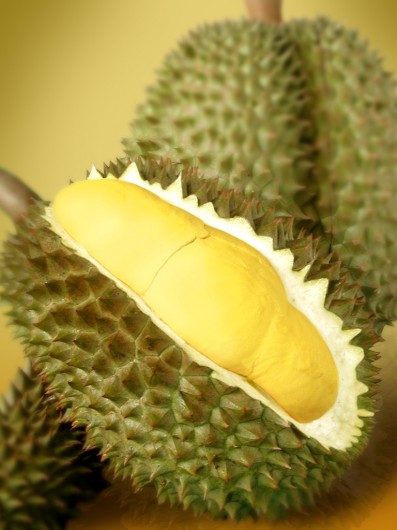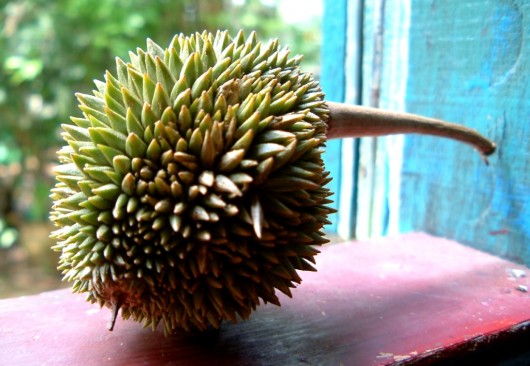Best Durians For Durian Juice And How To Choose Them
Durians are a favorite for juicers because they’re high in vitamins and have numerous medicinal qualities. They are also infamous for their extremely pungent, unpleasant odor. Durian fruit gives off a distinct, putrid odor that can become easily overwhelming in poorly-ventilated areas. The flesh tastes much better than it smells, though, and juicers who give them a try will be pleasantly surprised at the results.
What are the Best Durians for Juicing?
Durians are usually sold in Asian food markets as they are a common ingredient in Chinese medicine and cooking. It may be difficult to find this fruit in regular supermarkets in America. Most durians are grown in Indonesia, where they are a common fruit to buy at market. Imported varieties are all of a single species, Durio zibethinus; other species are available in Asia only.
Most durian varieties are identified through number designations rather than specific names. It’s likely that there will only be one cultivar available at the market at any given time, as the demand for durians in the US is not high enough to encourage competition.
How to Select a Durian at Market
The best durians for juicing will be those that ripened fully before harvesting. Durians grow on trees, and they are allowed to fall to the ground and ripen there for two days prior to being harvested. Fruits picked prematurely will have pale flesh and will not ripen in the market, whereas those left on the ground too long will begin to rot.
The spiky exterior is actually a husk. The fruit inside is a soft cream color. When allowed to ripen fully, durians will burst open along the husk to reveal the meat inside, but in market conditions this usually results in overripe fruit. It’s best to buy a fruit whose husk is intact or purchase the pulp after it has been removed.
When purchasing an intact durian, the first step is to check the stalk. A large, solid stem suggests a ripe fruit, while a withered or dry stem would belong to a fruit that was overripe. You can also shake the fruit. If you can hear the seeds rattling inside of it, the pulp has turned too hard and the fruit should be avoided.



